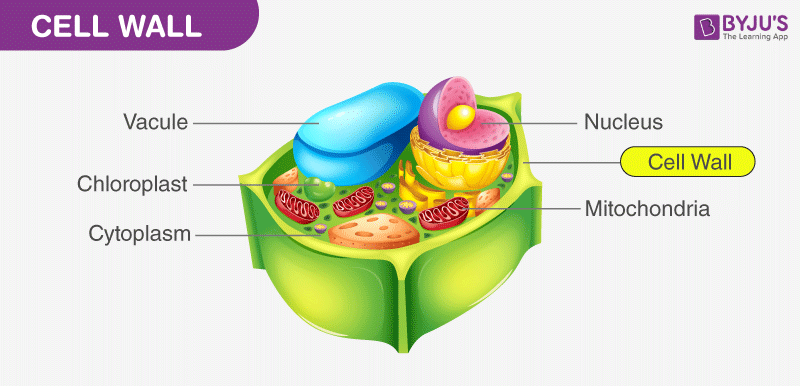Haseung Jun
Tejas Bhartiya
AP Biology 🧬
358 resourcesSee Units
Membrane Permeability
Thanks to the structure of the membrane, with the hydrophobic tails and hydrophilic heads, the cellular membrane has selective permeability. This allows some substances to cross easily, while others may not be able to cross or may require a special transport protein to do so.
The membrane acts like a barrier separating the inside of the cell from the external environment of the cell.
Small, non-polar molecules are able to freely cross the cell membrane, while polar or charged molecules require transport proteins to cross.
If a molecule is small, polar, and uncharged (like water!) it may be able to pass through the membrane in small quantities but requires a transport protein to move across in any larger quantities. Transport proteins that are specifically designed to let the water molecules cross through the cell membrane are called aquaporins.
Small non-polar molecules, including N2, O2, and CO2, can freely cross the membrane without any transport protein. Hydrophilic substances, on the other hand, can't cross the membrane freely. This is because the tail part of the membrane (hydrophobic) won't let hydrophilic stuff come by. So only hydrophobic stuff can go through the membrane.
The hydrophobic fatty acid tails are what controls the movement of substances described above. They repel charged and polar molecules and make it very challenging for them to come across.
| Requires Transport Protein ✅ | Can Freely Cross Membrane ❌ |
| Big | Small |
| Polar (hydrophilic) | Nonpolar (hydrophobic) |
| Ions | Noncharged |
Diffusion Across the Plasma Membrane

Image courtesy of WikiMedia Commons
Cell Walls
Cell walls are important for structure and function of the cell. It acts as a structural boundary for the cell.

Image Courtesy of BYJU's
Cell walls are made up of cellulose, which is a form of sugar. It's made up of carbohydrates, and we humans don't have cell walls. Plant, protists, fungi, and bacteria cells all have cell walls. Cell walls are usually made of chitin, which is a version of polysaccharide.
Check out the AP Bio Unit 2 Replays or watch the 2021 Unit 2 Cram
Browse Study Guides By Unit
🧪Unit 1 – Chemistry of Life
🧬Unit 2 – Cell Structure & Function
🔋Unit 3 – Cellular Energetics
🦠Unit 4 – Cell Communication & Cell Cycle
👪Unit 5 – Heredity
👻Unit 6 – Gene Expression & Regulation
🦍Unit 7 – Natural Selection
🌲Unit 8 – Ecology
📚Study Tools
🧐Exam Skills

Fiveable
Resources
© 2025 Fiveable Inc. All rights reserved.